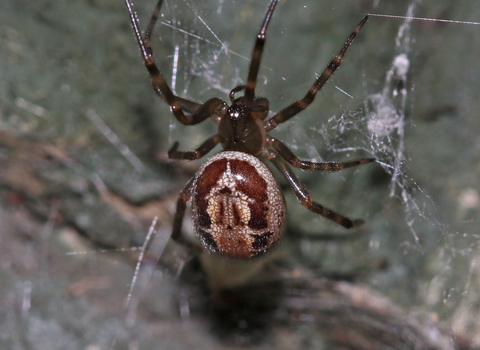
Introduction
The false widow spider (Steatoda nobilis), a species native to the Canary Islands, has garnered attention in recent years for its presence in the United Kingdom and Ireland. This spider is often mistaken for the infamous black widow due to its similar appearance, leading to widespread concerns about its potential dangers to humans. With reports of increasing sightings and bites, understanding this spider’s behaviour and health implications is vital.
Characteristics of the False Widow Spider
False widow spiders are typically brown to black in colour, with distinctive markings on their abdomens resembling a skull. Adults generally measure between 8-14mm in body length. They prefer warm, sheltered environments and are often found in gardens, sheds, and homes. Although generally non-aggressive, they will bite if threatened, with symptoms such as pain, swelling, and in rare cases, more severe reactions.
Recent Sightings and Incidents
Reports of false widow spider sightings have surged in the UK, particularly in southern regions. In 2023 alone, local councils issued warnings as public awareness heightened following several documented bites. Most incidents occurred when individuals inadvertently disturbed the spider’s habitat. Wildlife experts urge caution, recommending the public to educate themselves on spider identification to avoid unnecessary panic.
Preventative Measures
To minimise the risk of encounters with the false widow spider, experts suggest keeping gardens tidy, sealing cracks in buildings, and avoiding clutter that provides hiding places for these arachnids. In case of a bite, it’s advisable to seek medical attention if symptoms worsen or if there’s uncertainty about the severity.
Conclusion
Understanding the false widow spider is essential for residents of the UK, especially as their population expands. By raising awareness around identification and the implications of bites, communities can better prepare and respond appropriately. Experts forecast that as climate change continues to influence species distribution, vigilance towards the presence of the false widow spider will remain pertinent for public health and safety.
You may also like

The Fascinating World of Eagles

Understanding the Nationwide Payments Warning
